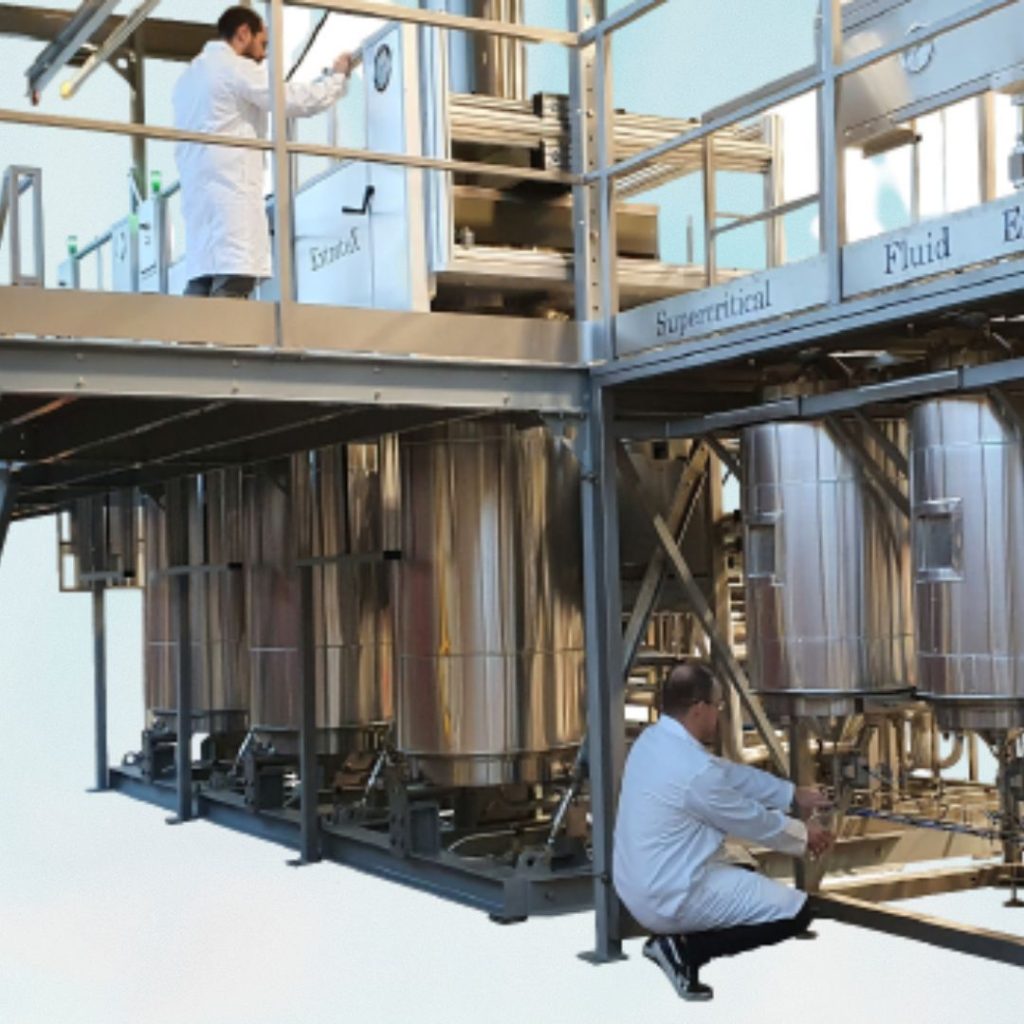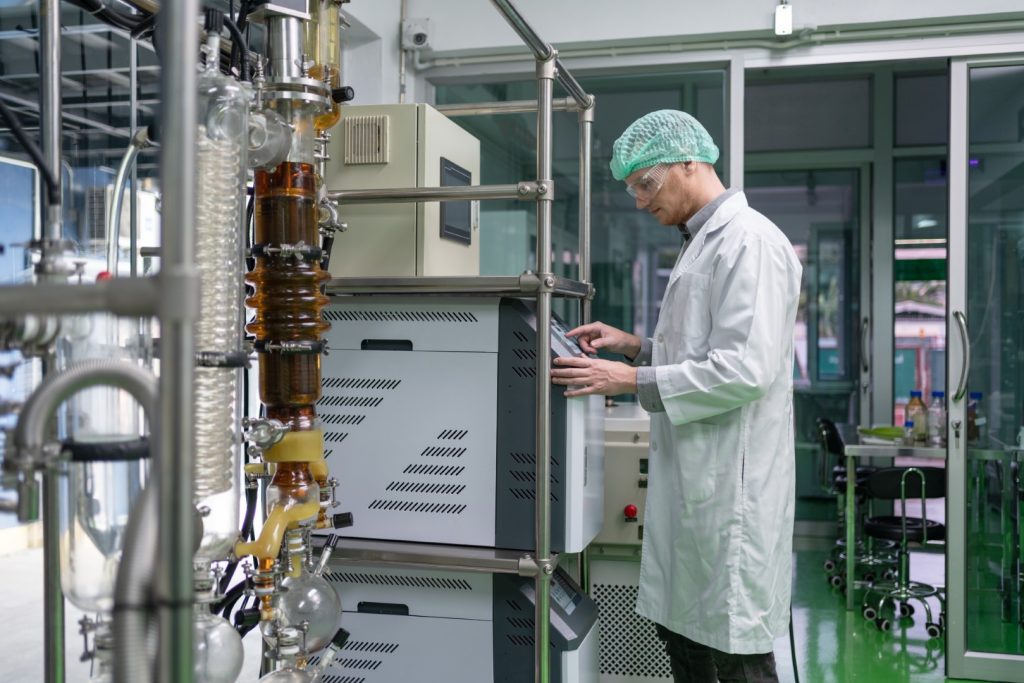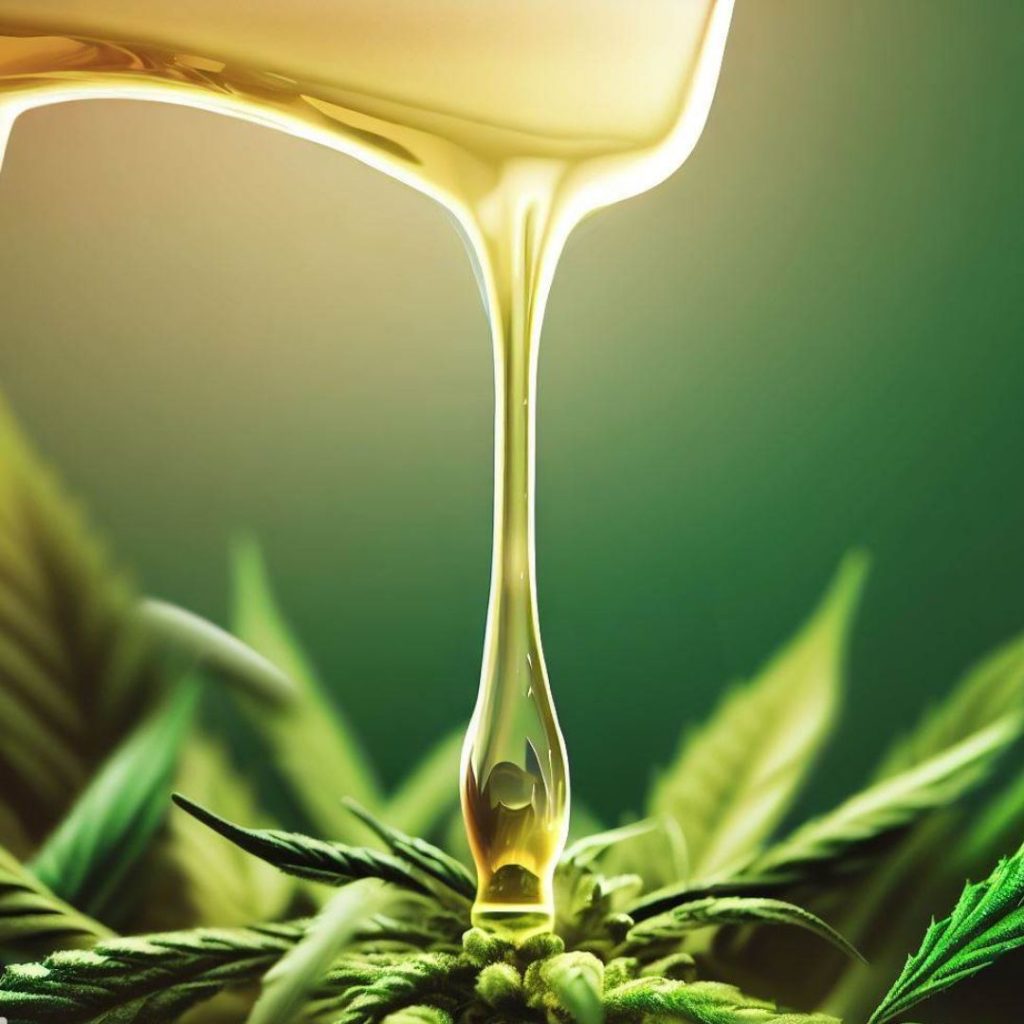Table of Contents
CBD enthusiasts, have you ever wondered how your favorite CBD products are crafted? The answer lies in the advanced CBD extraction techniques employed to transform lush hemp plants into consumable products like tinctures, gummies, or creams. Understanding these techniques is essential for any discerning consumer, as the method used directly impacts the quality, potency, and safety of the CBD products you consume. Let’s delve into the fascinating world of CBD extraction techniques and expand our understanding of the CBD production process.
The Impact of Extraction Techniques on Your CBD Experience
CBD extraction techniques play a crucial role in shaping your CBD experience. They determine the quality, potency, and safety of the CBD products you take. By understanding these methods, you can make informed decisions about the CBD products you choose and even query brands about their extraction processes.

CBD Extraction Techniques
Cold Ethanol Extraction: Unlocking Potency and Flavor
One popular CBD extraction method is cold ethanol extraction. In this technique, ethanol, a form of alcohol, is used as a solvent to extract CBD from the hemp plant. However, it’s not as simple as pouring ethanol into a batch of hemp. This technique involves chilling the ethanol to low temperatures before mixing it with the hemp. The chilled ethanol binds with the CBD and other desirable compounds in the plant, like terpenes and flavonoids, preserving a broader range of cannabinoids and producing a more potent final product.
Pros
- Preserves a broad range of cannabinoids, terpenes, and other beneficial compounds.
- Offers an authentic taste and aroma, enhancing the overall CBD experience.
- Moderately priced and widely available, making it an accessible option for many.
Cons
- Ethanol extraction may leave trace amounts of ethanol in the final product.
- It requires professional machinery and a deeper understanding of the extraction process, which may limit smaller-scale operations.
CO2 Extraction: The Science of Purity
CO2 extraction common industrial-scale CBD extraction method. This technique involves heating and pressurizing CO2 – the gas we exhale – to a ‘supercritical’ state, neither entirely liquid nor gas. This supercritical CO2 then acts as a solvent to extract CBD from hemp. Once the pressure drops, the CO2 evaporates, leaving behind pure CBD. While this process is energy-intensive, it’s favored for its ability to yield high-purity CBD.

Pros
- Produces highly concentrated, clean, and solvent-free CBD extracts.
- Allows precise control over extraction parameters, ensuring high-quality and consistent products.
Cons
- High setup and operational costs may result in pricier end products.
- High-output CO2 extraction systems will operate at a high temperature and cause thermal degradation.
- The neutral taste and aroma may require added flavors or terpenes, which could detract from the natural properties of the CBD.
Ice Water Hash: Nature’s Method
Ice water hash is a CBD extraction technique that uses ice and water to separate trichomes, tiny structures on the hemp plant rich in CBD, from the rest of the plant material. The process involves stirring the plant material in ice-cold water, causing the trichomes to detach. They are then filtered and dried, resulting in a potent, solvent-free extract.
Pros
- Solventless and retains a broad range of cannabinoids and terpenes.
- Produces a full-spectrum product with a rich, complex flavor profile.
Cons
- The quality and consistency may vary depending on the skill of the producer and the quality of the plant material.
- Less commonly used in the industry, limiting the availability of products extracted with this method.
Olive Oil Extraction: The Gentle Approach
Olive oil extraction is a technique that boasts minimal energy consumption and environmental impact. The process involves using olive oil to extract CBD, resulting in an extract with a mild flavor that retains the plant’s natural terpenes. It’s a safe and cost-effective method, though it might not yield as much CBD as other techniques.
Pros
- Safe, simple, and environmentally friendly.
- Yields a high-quality, full-spectrum CBD extract with a pleasant taste.
Cons
- May not be as effective in extracting the maximum amount of CBD from the hemp plant.
- The extract is perishable and needs to be stored properly.
- Not commonly used for large-scale production due to lower yields compared to other methods.
Thermal/Phase Change Purification Techniques
Distillation: Efficient Purification
In the CBD context, distillation is a refinement process that follows the initial extraction. It’s akin to a purification process that removes any unwanted compounds, ensuring that the CBD extract you consume is pure, safe, and ready to deliver its benefits.

Pros
- Creates highly purified and concentrated CBD extracts.
- Provides a high level of quality control, leading to a consistent product.
Cons
- The distillation process may result in the loss of some terpenes and flavor compounds.
- A very high-temperature process that degrades temperature-sensitive compounds
- Depending on the specific distillation technique used, the cost can vary, affecting the pricing of the final product.
Winterization: Clean and Pure
Winterization is used to remove lower solubility undesired components like fats, waxes, and lipids from the CBD extracts. This process is applied after the initial extraction and involves dissolving the crude extract in ethanol, then freezing it. The undesired compounds coagulate and separate, allowing for their easy removal.
Pros
- Effectively removes fats, waxes, and lipids that could negatively impact product quality.
- Enhances the purity and potency of CBD products.
- Allows for a cleaner and smoother consumption experience.
Cons
- Requires an additional step in the purification process, which could increase production costs.
- The freezing and filtration process may be time-consuming, affecting production speed.
- Certain beneficial compounds may unintentionally be removed during winterization.
Liquid Chromatography Purification Techniques
Liquid chromatography is a popular purification process for CBD, known for its efficiency. It involves dissolving the CBD extract in a fluid, which passes through another material, separating the mixture into its components. This method allows for the targeted removal of specific compounds, enhancing product purity.
HPLC Chromatography: Precision and Purity
High-Performance Liquid Chromatography (HPLC), a type of chromatography, is particularly favored in the CBD industry. It accurately identifies and measures each component in the extract, guaranteeing product transparency and quality.
Pros
- Delivers precise, efficient CBD purification.
- Allows specific compounds to be isolated for pure CBD products.
- Contributes to product quality assurance.
Cons
- Requires specialized equipment and expertise, which could increase production costs.
- The process may be time-consuming, affecting production speed.
- Often requires the use of toxic solvents
- Despite improving purity, some beneficial cannabinoids or terpenes may be lost.
Cold Filtering: Gentle Purification
Like distillation, cold-filtering is also a refinement process used to purify a raw extract. Cold filtering is in a class of purification process called chromatography which removes unwanted compounds through a process of selective absorption. Cold filtering has several advantages over distillation in terms of gentleness and selectivity.
Pros
- It’s run at a much lower temperature limiting thermal degradation,
- Can be finely tuned as to the specific classes of molecules it lets pass.
Cons
- Cold filtering is a slow process that isn’t easily scalable.
- Expensive and uncommon
Weighing the Pros and Cons of Each Method
Each extraction method comes with unique strengths and weaknesses. Making the right choice depends on what you value the most in your CBD product. Whether you prefer a more potent product, prioritize flavor and aroma, are eco-conscious, or consider cost a major factor, understanding CBD extraction techniques can guide your choice and help you become not just a CBD consumer, but a connoisseur.
Picking the right technique for the right starting material
Environmental Considerations
Moreover, be mindful of the environmental impact of these extraction methods. While some methods, like CO2 extraction, are more energy-consuming, others like Ice Water Hash are eco-friendlier but require a skilled hand for optimal results. There’s a balance to strike between effectiveness, taste, and environmental considerations.
Shop with Confidence
So, the next time you’re shopping for CBD, whether online or in a store, make your selection based on your understanding of ‘CBD Extraction Techniques’. This knowledge will help you choose a product that best suits your needs and preferences. After all, being a CBD consumer is not just about consuming, but understanding and appreciating the process as well.
Understanding CBD extraction techniques empowers you to navigate the world of CBD with confidence. This knowledge allows you to make an informed choice based on your unique preferences and needs. Whether you’re a casual consumer or a die-hard CBD enthusiast, comprehending the intricacies of extraction methods gives you the upper hand.


